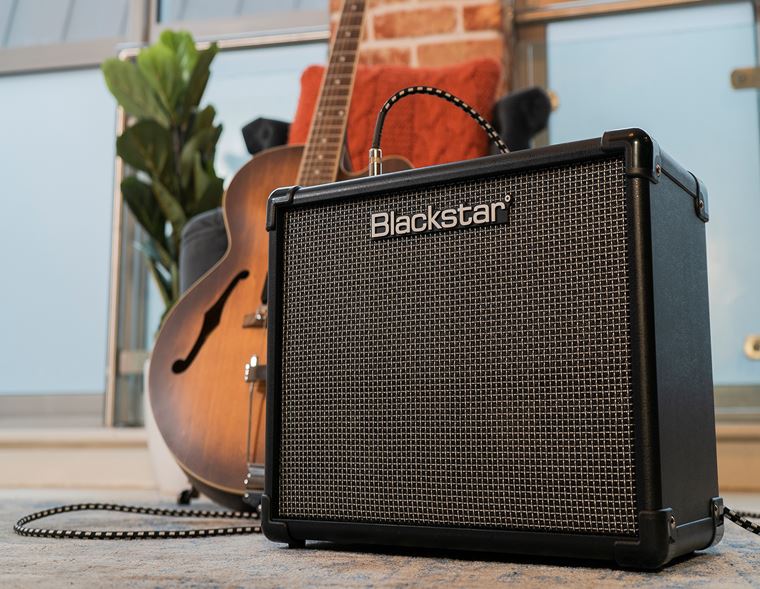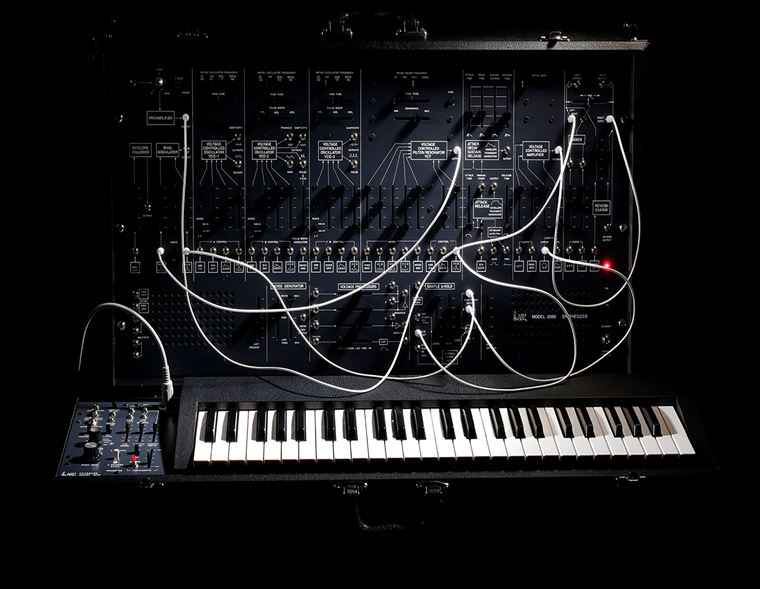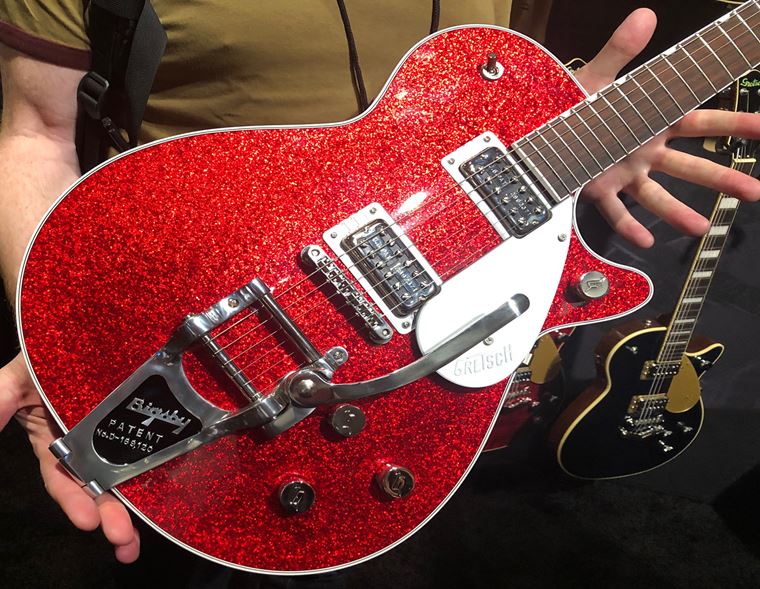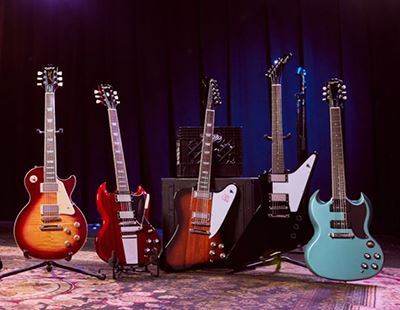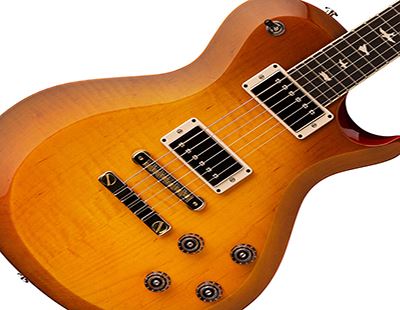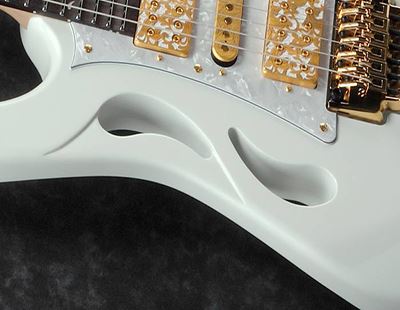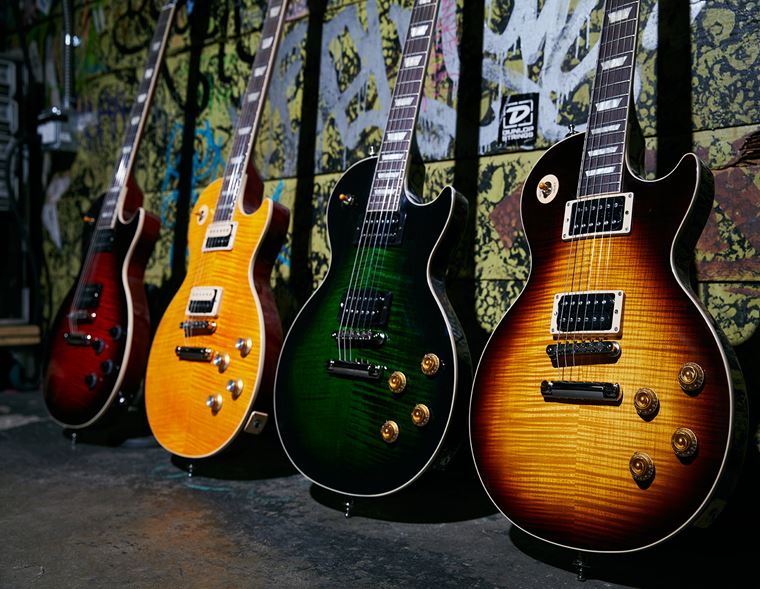BRAND NEW: Universal Audio UAFX Pedals
Published on 28 January 2021
Universal Audio have entered the world of pedals.
Yes, the rumours have proven correct! Universal Audio, one of the most respected and historically significant brands of studio equipment, have taken those decades of know-how & expertise, and poured it all into a brand-new range of effects pedals that go beyond what is currently available in terms of realism and scope.
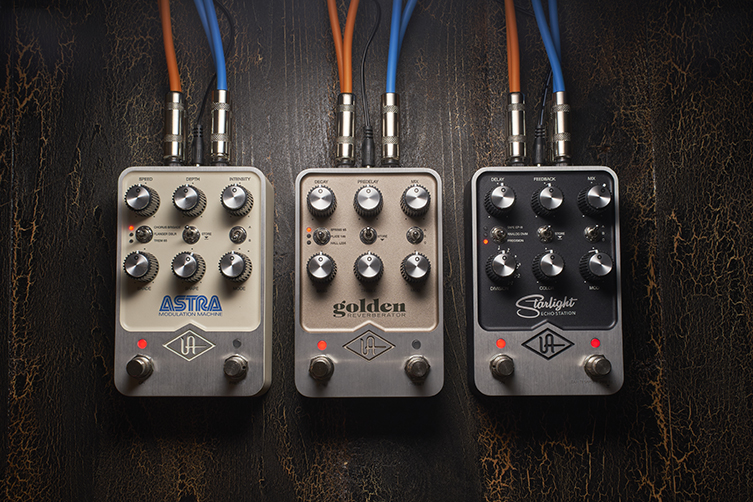
UAFX
The range, called UAFX, boasts three models in the initial release: Astra Modulation Machine (modulation), Golden Reverberator (Reverb) and Starlight Echo Station (delay). Focusing on powerful modelling and a feature set that is by some degree deeper than the abilities of the competition, UA are hoping to corner the market on high-end, beyond-boutique effects. They’ve stuck to the types of pedals that demand the most in terms of processing power: ambient, time-based and modulation effects.
Now, one thing is probably worth clarifying to those of you who aren’t so studio-based: who are Universal Audio?
Universal Audio: Studio Titans
You may well be familiar with Universal Audio’s Apollo interfaces, which are amongst the best on the market, and you may be familiar with their Ox-Amp Top Box, which is like a Swiss Army Knife of great tone to the recording guitarist (it’s a re-amp box, an attenuator and a lot more) but the story actually goes right back to 1958, the Golden Age of Pop and a man named Bill Putnam...
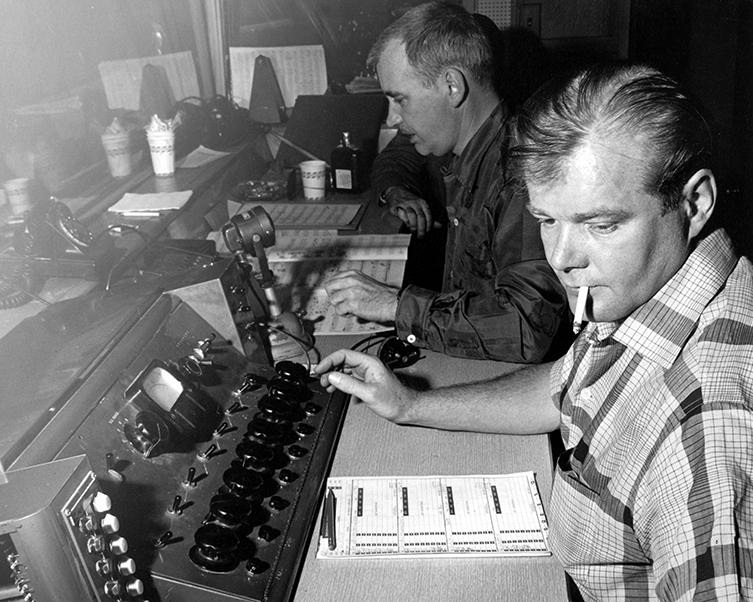
(Bill Putnam operating his recording console)
Bill Putnam was a recording engineer, producer and creative thinker. His innovations in classic, hand-built analog studio hardware have given rise to the recording studio as we know it today! His mixing desks and tube compressors have become legendary, setting the standard for all others to follow. Putnam was the first to create artificial reverb and was the creator of multi-band EQ. His old colleague (and engineer for people like Quincy Jones and Michael Jackson) Bruce Swedien perhaps put it most succinctly:
"Bill Putnam was the father of recording as we know it today. The processes and designs which we take for granted — the design of modern recording desks, the way components are laid out and the way they function, console design, cue sends, multitrack switching — they all originated in Bill's imagination."
Nicely put! Putnam owned a studio in Hollywood called United Western (later renamed Ocean Way Recording) and there, he contributed to making musical history with artists like Ray Charles, Elvis Pressley, Nat King Cole, Frank Sinatra and the Beach Boys, to name but a few!
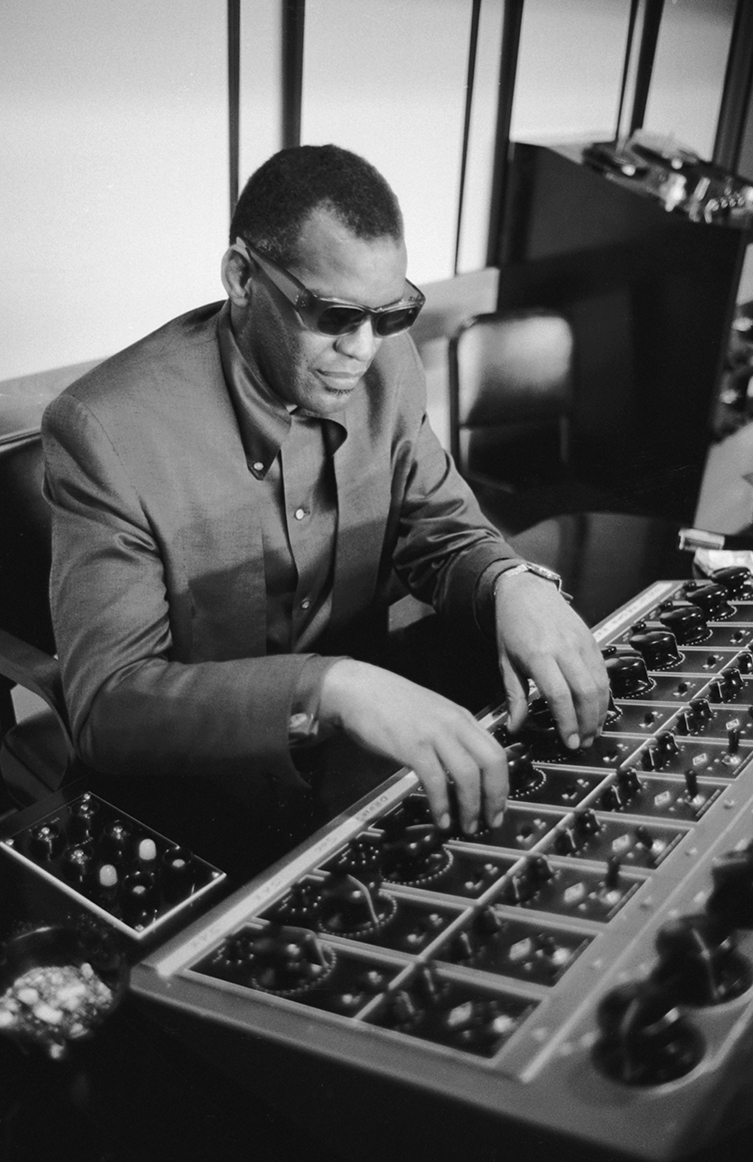
(Ray Charles, at the UA 610 console at United Western studio in Hollywood)
Bill died in 1989, and since 1998, his son, Bill Putnam Jr, has been carrying forward his father’s legacy. UAD plugins, Apollo interfaces, Ox-boxes...UA keep striking gold by knowing what musicians and engineers want and then delivering superbly.
Universal Audio Quality Built In
Given the pedigree of Universal Audio’s UAD plugins, we are naturally expecting the best of the best here: unparalleled realism and tone. Each pedal contains a number of modelled effects, based on famous vintage examples, but – crucially – not necessarily beholden to them.

For example, we learned that one of the options on the Golden Reverberator is for a stunning 1965-style spring reverb from an amplifier. This is great news in itself since vintage spring reverb is super-desirable, but one of the extra options (selectable via a small switch on the right of the control panel) allows us to use a version of that spring reverb that is longer than any existing reverb tank of that type! It just doesn’t exist in real life, but thanks to the algorithms on board the UA FX Golden Reverberator, we can enjoy an ‘accurate’ and ‘realistic’ (both in quotes since we’re talking about a mythical reverb, here!) reverb that allows us to be more creative and fresher with our sound, without giving up any tone or dynamic.
That’s really what we’re getting here: great, creative, forward-thinking, presented in the highest quality and with the minimum of fuss.
UA Power On Your Pedalboard
These UAFX pedals are designed to fit right into your existing setup. With a relatively straightforward design, each pedal is crammed with an impressive number of features, all relative to the given effect. There are no menus or screens to contend with, and most controls have a singular use, which should translate into being able to make relatively complex sounds easy to set up!
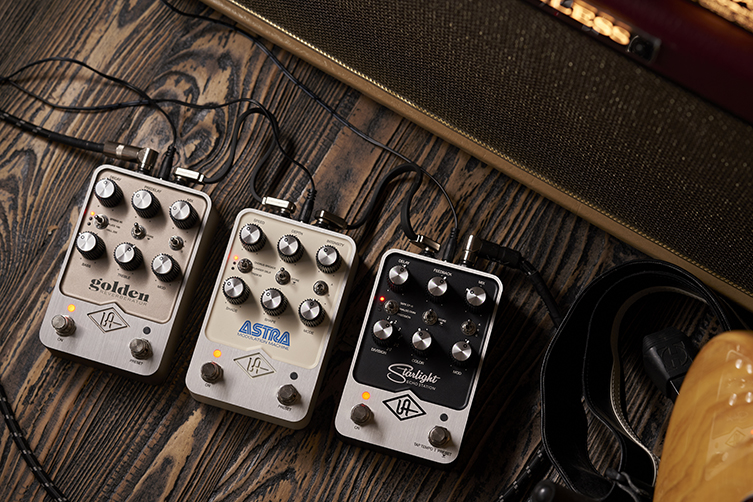
All three pedals are stereo, and all have two footswitches. In addition to the tap delay offered on appropriate FX, this second switch allows you to recall a preset sound of your own making. Put simply, you can have two entirely different sounds available from each pedal, and since the UAFX range uses a newly designed DSP chip, these two algorithms (or sounds, in other words) will run entirely in parallel. Quality is at a premium in both circumstances.
Naturally, we love the idea of new effects pedals arriving on the scene, but we of course had a few questions to ask about them! These are a brand-new range of effects and we definitely don’t know everything about them, but we know a man who does... Tore Mogenson, UAFX Product Manager and previously a designer at TC Electronics. His is the brain behind this range.
Happily, he was available to answer our probing enquiries...
Interview with Tore
Guitarguitar: UAFX is Universal Audio’s first foray into physical pedals. What made ‘now’ the right time to enter this hotly competitive market?
Tore Mogensen: The UAFX project really started as a labour of love and it’s been something we’ve been wanting to do for a long time. There are a staggering number of guitar players at Universal Audio, including our owner Bill Putnam Jr. There are literally guitars in almost every office at UA HQ. When combining this passion for guitar with UA’s legacy and expertise in developing what is arguably the best recreation of classic vintage effects in the world, we really feel like we have something unique to offer the pedal world. So the question is almost why we didn’t do this sooner?!
GG: UA are a brand with a huge heritage. Does this history play a part in the design, function or indeed existence of this new UAFX range?
TM: It absolutely does! UA is known for making stunningly realistic digital recreations of classic vintage effects and this is obviously right down the alley of what most guitar players love. The new UAFX pedals combine that expertise with our obsession with making beautiful and sonically superior analog and digital hardware products. Like with all UA products, the mindset really was to design a range of pedals with absolutely no compromises in regard to both the design and craftsmanship, the analog and digital performance and the overall sonic quality.
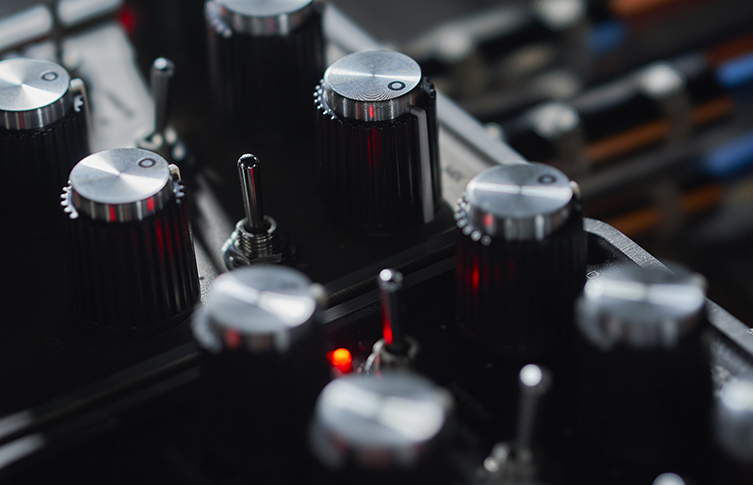
GG: Lots of guitarists have been massively impressed with the Ox – Amp Top Box. Will these pedals follow a similar level of depth in modelling and sonic detail?
TM: Totally – the amount of attention that has gone into the creation of the pedals is borderline obsessive. Both in terms of the realism of the modelling and the attention to every slight nuance of the individual algorithms as well as the time we’ve spent even before that tracking down the perfect golden units to actually base our modelling on.
GG: Are the algorithms onboard these pedals the same as we’d find in UA software?
TM: There are not the same. The UAFX pedals are built on a brand new and incredibly powerful dual processing platform that meant that even the algorithms that UA users will recognize from the UAD platform have been recoded and tweaked specifically for guitar. On top of that a lot of the effects, like the Tape EP-III, Analog DMM, and Spring Reverb, are brand new algorithms created from scratch.
GG: Following on from that, will there be potential for future development of further algorithms?
TM: Unfortunately I can’t reveal upcoming products, projects or features, but fortunately I can say that we’re all extremely excited for the future… both for UA products in general and for guitar specifically.
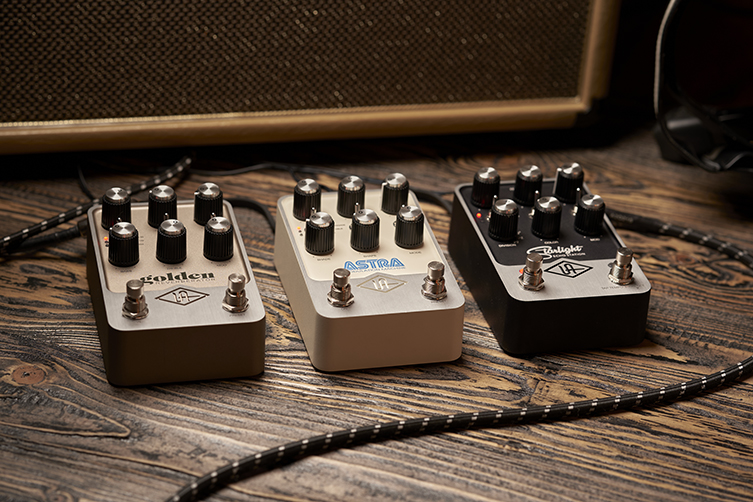
GG: So far, three pedals have been announced: the Astra (modulation), Golden (reverb) and Starlight (delay). What made UA decide to begin with these particular effects?
TM: Apart from maybe overdrive and distortion - delay, reverb and modulation really are the core effects in any guitar players sonic arsenal, so it seemed like an obvious place to start. When it comes to digital emulations of drive effects, I’m still not sure I’ve seen products that really makes a compelling case for choosing digital over good ol’ analog circuitry.
For delay, reverb and modulation on the other hand - going digital has huge benefits in terms of what effects you can create (try making a realistic sounding analog reverb!), overall sonic quality and flexibility. The UAFX are all effect categories where we feel we can drastically improve the quality and sonic details compared to what is currently on the market.
"The amount of attention that has gone into the creation of the pedals is borderline obsessive"
GG: Each pedal has multiple modes (e.g. the Astra has Chorus, Flanger and Tremolo modes) I’ve heard something about additional modes being made available via USB upon product registration. Is that correct?
TM: That is indeed correct! Each of the pedals are born with three effects available that we consider the “must-have” types for that category. For Starlight Echo Station it is tape echo, analog delay and digital delay. For Golden Reverberator it is Spring, Plate and Hall reverb and for Astra Modulation Machine it is Chorus, Flanger and Tremolo. In each of the three pedals, we’re not designing vague approximations of the individual effects. They are modelled digitally after specific handpicked golden analog units that have been meticulously studied and recreated down to the very last component. But on top of these three effects per pedal, we also offer the users some additional effects if they choose to register their pedals.
For Starlight it is Cooper Time Cube – a very unique garden hose-based delay machine created by Universal Audio founder Bill Putnam Sr. that offers very cool lo-fi echo tones unlike any other echo device in existence.
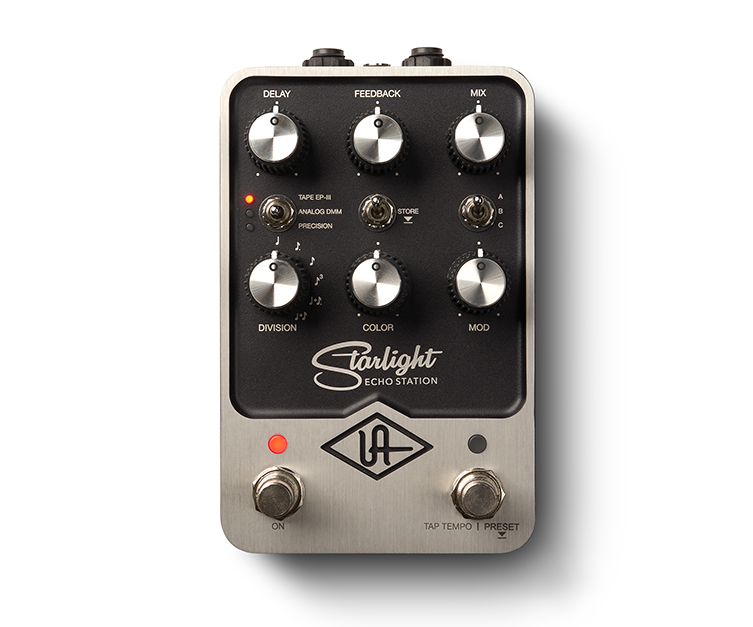
For Golden, the extra effects are two additional programs from a legendary late 70’s digital reverb processor. The pedal ships with the hall and room programs from this classic device but we’re adding the plate and chamber effects when the user registers.
Last but not least Astra users get two versions of a classic orange phaser pedal and an incredibly cool harmonic tremolo based on the circuit from early 60s blonde and brown combo amps.
GG: It seems that some of the coolest stuff about these pedals is hidden? For example, guitar fans will love the perfectly recreated amp-style ’65 spring reverb on the Golden pedal, but there’s also another spring model available on there that is ‘longer’ than any of these spring reverbs ever were in ‘real life’. Could you tell us a little more about how UA have ‘gone further’ with their sounds such as adding Pre Delay or Modulation on a spring reverb?
TM: Yeah – there are a ton of little extra goodies hidden all over these pedals and would fill up pages to cover the details about each and every one of them, but here are a few examples: One of the benefits of emulating classic effects digitally is that you can sometimes warp reality a little (or a lot) to create some cool effects or improve the design beyond what would be possible in the real world. With the Golden spring reverb we are modelling three different actual spring tanks chosen from a huge range of vintage amps. Each of these three has drastically different sonic qualities so you can get both the classic splashy, splatty boing of vintage surf music as well as larger smoother spring tones. But for each of the three tanks we modelled both the actual tank as well as a virtual smaller and bigger version of the same tank to get some amazing larger-than-life ambient spring reverb sounds. On top of that an old studio trick for spring reverbs was to create pre-delay by running the reverb through a tape machine to delay the signal… we’ve added this functionality as well… not only to include pre-delay which is obviously super useful but we’ve also included the possibility to dial in modulation – or really wow and flutter from the tape machine – to the reverb tail which is what would happen in the studio as well for extra lushness and vibe.
"There are a ton of little extra goodies hidden all over these pedals and would fill up pages to cover the details about each and every one of them"
GG: Despite the level of power, control and possibility on offer, these pedal designs are quite simple. Was that a deliberate move, to make them as accessible as possible?
TM: Absolutely! A big part of the fun of using pedals is to have instant access to the parameters you can tweak and not having to deep dive into sub menus, manuals, etc to figure out how they work. Plus, these pedals were designed to be used live and a lot of the functionality you can find on more “advanced” pedals makes them really impractical to use during a gig. At the end of the day these pedals are meant to be played and ideally anybody who buys or tries them out should get lost in playing guitar and discovering cool sounds first and foremost!

GG: One of the most useful features is the ability to store a preset. Can you explain how the preset system works?
TM: It is actually pretty simple. Each of the three pedals have two sides: Live mode which is engaged on the left-hand footswitch and is a classic pedal mode where you always hear the sound of where the knobs and toggle switches are currently set. This mode was incredibly important to us as that is where a lot of the immediacy and fun of using pedals come from. But on top of that we also added a Preset mode which has the ability to store an additional favourite setting and instantly recall it on the right-hand footswitch. On top of that we are actually running both the Live and Preset modes simultaneously which means that the reverb or echo trails from one effect will ring out naturally even as the other effect is engaged. This could be toggling between a long ambient delay and a classic slapback echo, a lo-fi spring and a long, lush hall reverb and so on…
We also deliberately decided to limit the pedal to only one preset. This decision makes it possible to instantly recall the preset by pressing the right footswitch whereas having multiple presets on one pedal always ends up with the user having to press and hold footswitches, toggle through banks, etc. Again – we really wanted to keep these pedals really fun and simple to use.
GG: Musicians have never had as rich a selection of pedals to choose from as they have today. In one sentence or phrase, why should they choose UAFX over the competition?
TM: They should choose UAFX if they’re looking for the absolute best for their pedalboards. UAFX pedals are beautifully built upon a powerful new dual-processor engine, feature UA’s proven analog modelling expertise and deliver sonic authenticity far beyond all other stompboxes.
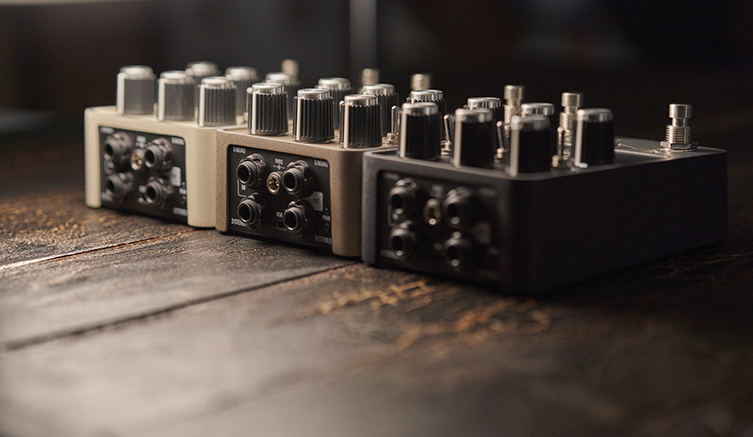
There you have it: details directly from one of the brains most intimately involved in the genesis of these pedals! We're extremely excited to get our hands on these new UAFX pedals, to see what bold new vistas of sound we can conjure! We expect you are, too!
We are expecting the pedals to arrive in March, and you can pre-order yours from our site right now! Thanks to Tore for his time, and to Tom Waterman for his help.
Click to View our Range of UAFX Pedals


